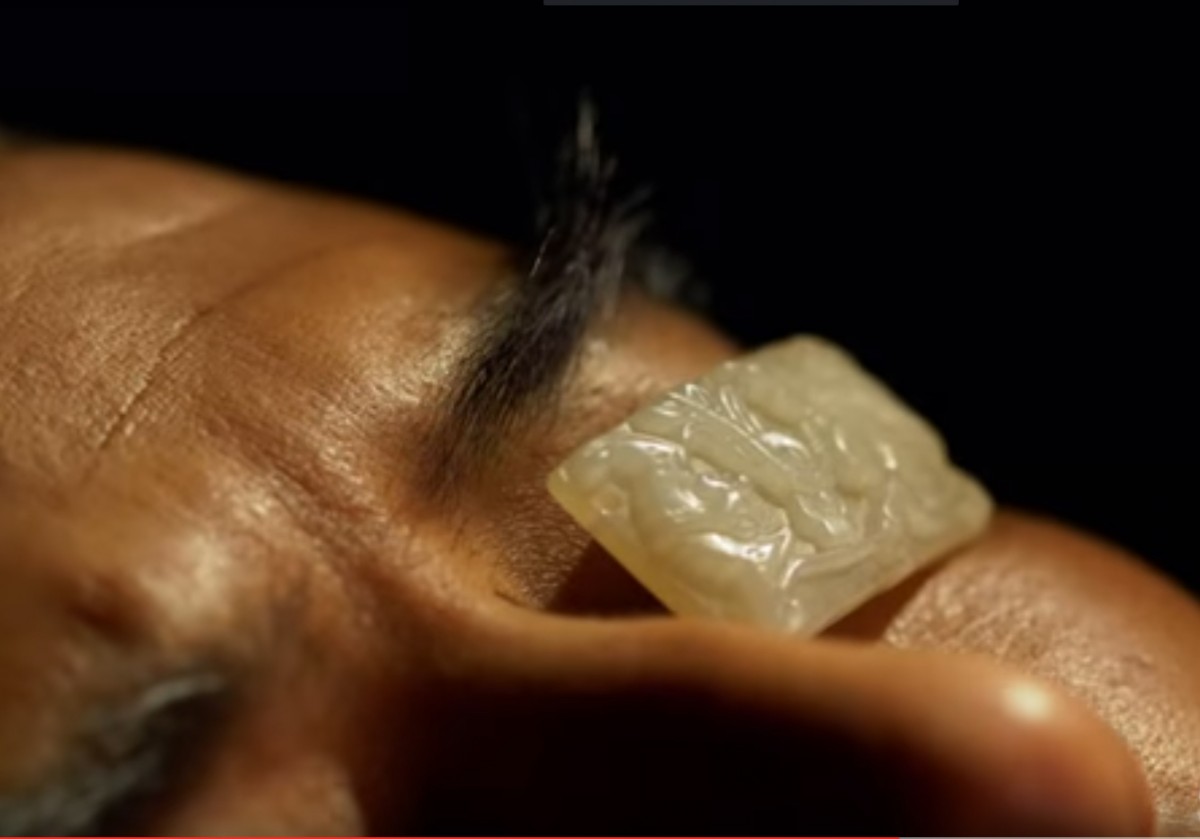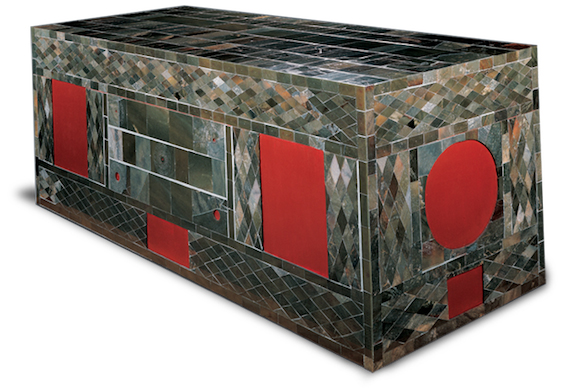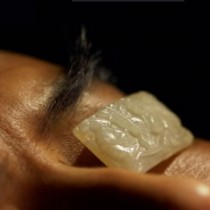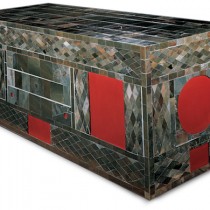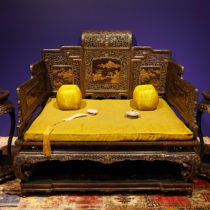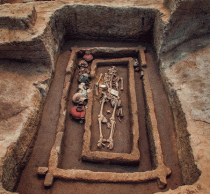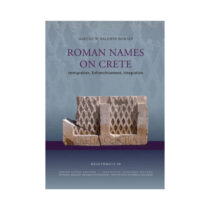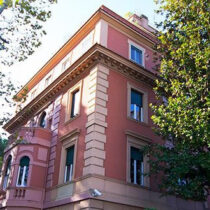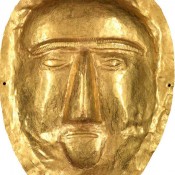A new exhibition opens on February 17, 2017 at the Asian Art Museum in San Francisco: “Tomb Treasures: New Discoveries from China’s Han Dynasty”. The exhibition will last through May 28, 2017.
One of the most powerful civilizations of the ancient world, China’s Han dynasty achieved profound cultural and artistic influence, technological advancements and military might. Two thousand years later, discoveries of royal tombs allow us to glimpse these extraordinary accomplishments firsthand.
Emulating their grand palaces, Han royals built lavishly furnished tombs so that, in the afterlife, no need would go unmet. Daily utensils, kitchen vessels, royal symbols, weaponry and even toiletries were all accounted for. And the nobility spared no expense preserving the tools of earthly pleasures — food, music, wine, sex — in anticipation of an afterlife to surpass this world.
On view for the first time in the U.S., 160 rare selections from recent excavations — including a jade coffin, rare bronze bells, elaborate crafts and much more — share the extravagance, artistry and elegance of Han royal clans.
Tomb Treasures will be on view in the museum’s first floor special exhibition galleries (Osher, Hambrecht and Lee), featuring over 160 rare selections from recent excavations in Jiangsu province, China.
Unearthing Han tombs
Deep within the earth, a tomb is touched by sunlight for the first time in 2,000 years. Inside, a treasure trove of vast riches entombed during one of the most powerful and advanced civilizations of the ancient world — China’s Han dynasty.
The Han dynasty (206 BCE–220 CE) achieved great prosperity and cultural richness. Ruled by 29 emperors for over 400 years, the dynasty represents the first “golden era” of development in Chinese history, a time when its diverse ethnic groups experienced relative stability, social development and harmony.
Objects in Tomb Treasures were excavated from royal tombs in China’s Jiangsu province, mostly from the mausoleum of Liu Fei, which has generated significant buzz in recent years. In early 2009, the deaths of four tomb robbers brought the attention of the local government to a rural site: a stone quarry on Dayun Mountain. Over the next two years, archaeologists excavated three large tombs, 13 attendant tombs, two weaponry pits and two chariot pits containing more than 10,000 artifacts. These fascinating objects share stories of the economic and social development of the Han dynasty and provide insight into the quest of the Han elite for glory even after death.
Measuring over 1,600 feet on each side, the royal mausoleum’s total area amounts to almost 2.7 million square feet, about the size of 35 soccer fields. It consists of the tombs of Liu Fei and his two consorts, dozens of graves for concubines, and pits for chariots and weapons, closely resembling how the king’s actual palace would have been designed. The mausoleum was amply stocked with items that the king would find useful or enjoyable, everything from weapons to kitchen utensils to musical instruments to human figurines that would act as servants in the next world. Objects were often packed together tightly, and many were found damaged and later restored by the Nanjing Museum.
Jade in Han burial practices
Deceased kings were often interred in coffins whose surfaces were painted in lacquer and inlaid with jade planks and circular bi disks. Their heads were rested on pillows of jade, and their ears and noses were stuffed with small columns of jade to prevent their vital essences from escaping. It’s likely that jade articles were also placed in their mouths, hands and anuses for the same reason.
Inside or Out? A Coffin Controversy
Discovered just over 20 years ago in the Jiangsu region’s Chu mausoleums in Xuzhou, the jade coffin on display in Tomb Treasures was reassembled with an elaborate pattern of jade pieces decorating its exterior. In contrast, a coffin excavated more recently from the Jiangdu mausoleum at Dayun Mountain, where most of the material in Tomb Treasures originates, was reconstructed with the jade pattern lining the inside — causing some scholars to argue that, since the stone is meant to protect the body, the Chu coffin’s jade should line its interior as well. Others believe that regional variations or the different ranks of the deceased could explain the inconsistent construction methods.
Did the earlier archaeologists make a mistake? There’s no definitive answer so far, says excavator Li Yinde, since the records from the Shizi Mountain excavation do not provide sufficient detail. “Jade coffins are not made to look the same due to regional variations,” he explains. “Current evidence shows that jade could either be put inside to protect the deceased or outside to be visually attractive.”
